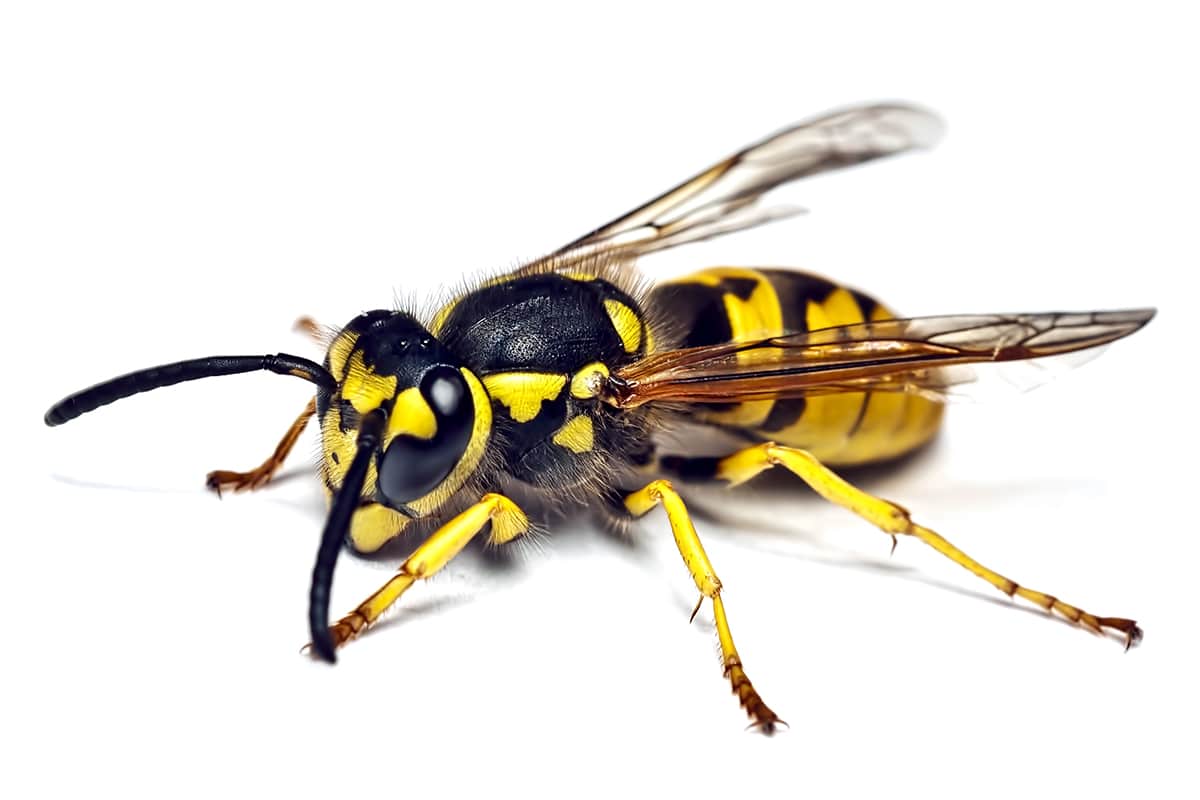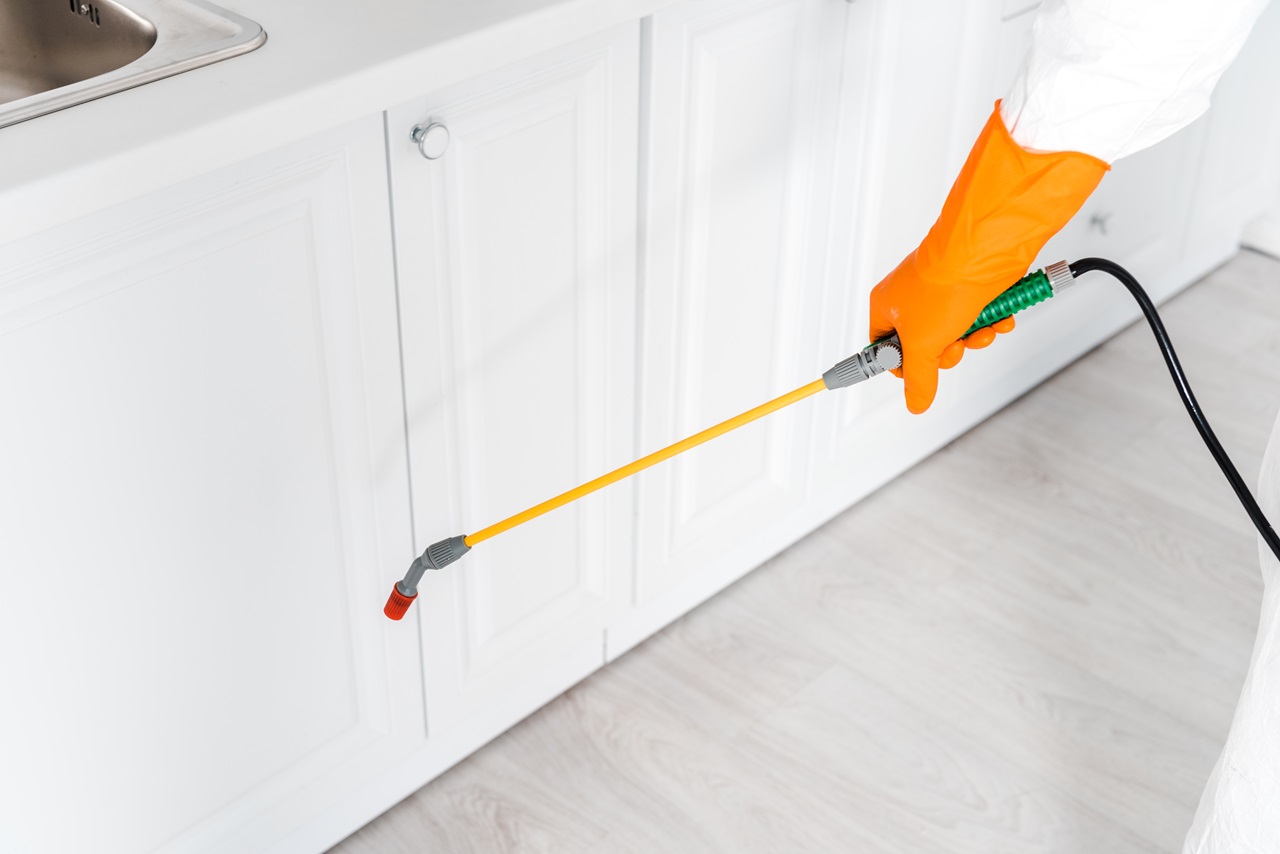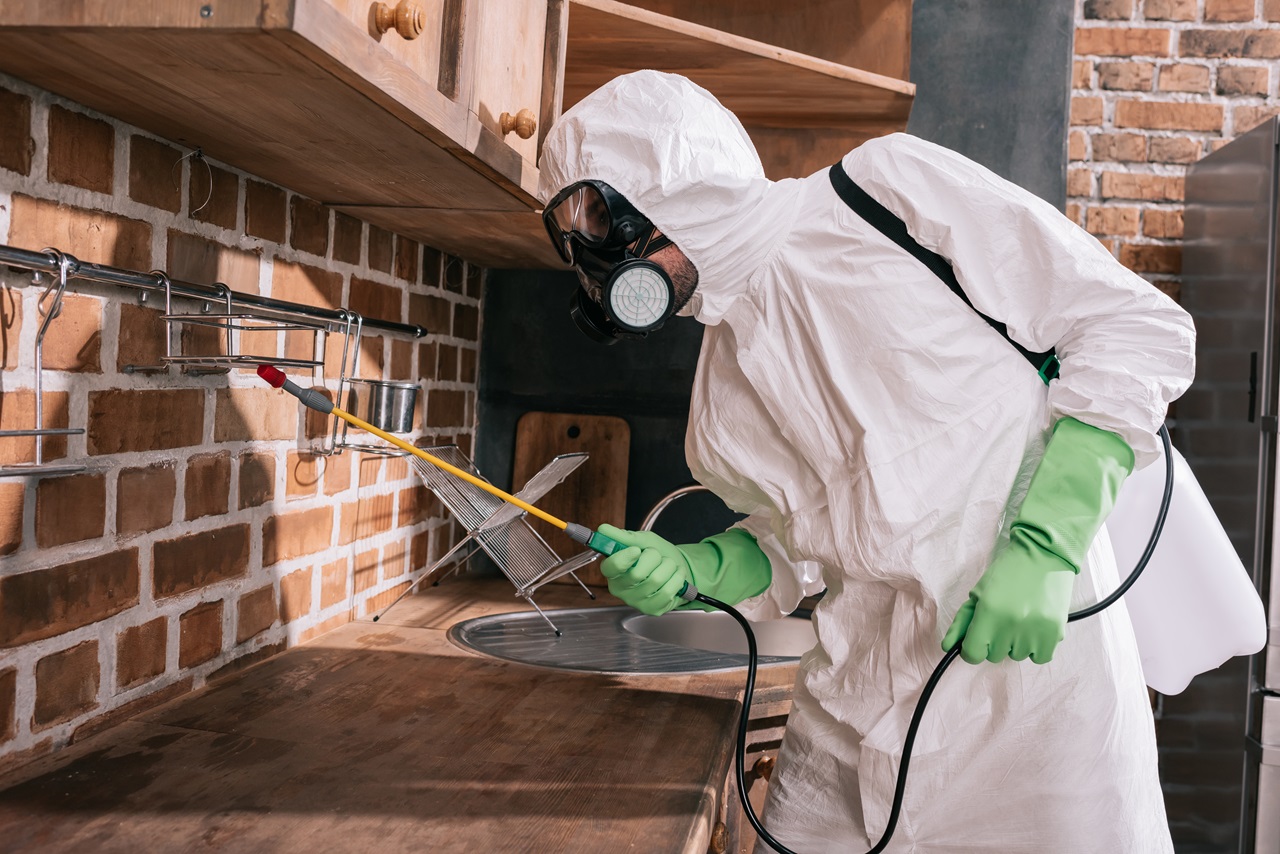Wasps Pest Control Gold Coast
A Comprehensive GuideWasps are common insects that can cause significant distress when they decide to make their homes near humans. While they play a role in the ecosystem by preying on other pests, their aggressive behaviour and painful stings make them unwelcome guests. Understanding wasps and how to manage them effectively is fundamental to preserving a safe and welcoming space. This article provides detailed insights into wasps, including their identification, lifecycle, preventative measures, treatment options, and much more. For additional pest control information, visit Accurate Pest Control’s Pest Control Services.

How to Identify Wasps
Wasps are often confused with bees, but they have notable features that set them apart and make recognition easy. Wasps feature a streamlined body shape with a noticeable narrow waist connecting their thorax and abdomen. Their bodies are smooth and shiny, unlike bees, which appear fuzzy due to their hair. Wasps often exhibit bright yellow and black striped patterns. Some species may also display red, orange, or metallic green hues.
Behaviourally, wasps are more aggressive than bees and are known for their tendency to sting multiple times. They are often found hovering near food, trash, or sugary substances. Recognizing these traits can help you differentiate wasps from other insects and take appropriate action. Accurate Pest Control provides professional assistance for wasp-related problems.
Types of Wasps: A Detailed Overview
Wasps are a diverse group of insects with thousands of species worldwide. There are two major categories into which they can be classified: social wasps and solitary wasps. Social wasps live in colonies with a structured hierarchy, while solitary wasps operate independently. Below, we delve into the most common types of wasps you may encounter, highlighting their unique behaviors, appearances, and nesting habits.
Paper Wasps

Appearance
Paper wasps are distinguished by their slender, lengthy bodies with reddish-brown, black, and yellow markings. Their legs dangle visibly when they fly, making them easy to identify in motion.

Nesting Habits
Paper wasps build nests that resemble an upside-down umbrella. By gnawing on wood and blending it with their saliva, they produce a paper-like material. These nests are typically found under eaves, in sheds, or on fences. Learn more about wasp behavior and control in our dedicated wasp control section.

Behavior
They are social wasps, meaning they live in colonies led by a queen. While generally not aggressive, paper wasps can become defensive if their nests are disturbed.
Yellow Jackets

Appearance
Yellow jackets are bright yellow and black, with stocky bodies that make them look more robust than other wasps. They are often mistaken for bees due to their coloring but lack the hairy bodies of bees.

Nesting Habits
Yellow jackets build their nests in hidden or underground locations, such as rodent burrows, wall cavities, or hollow trees. Their nests can house thousands of wasps by late summer. For tips on identifying infestations, visit our rodent removal page, as these locations often overlap.

Behavior
Highly aggressive, yellow jackets can sting multiple times and will fiercely defend their nests. They are scavengers and are often seen around food and garbage.
Hornets

Appearance
Hornets are larger than yellow jackets, with a more robust body and a predominantly black-and-white or brownish-yellow coloration.

Nesting Habits
Hornets build large, football-shaped nests in trees or shrubs. Chewed wood fibers are used to create their nests and are often located high off the ground. If you are dealing with hornets, explore our high-pressure cleaning services to safely clean areas where nests were removed.

Behavior
Like yellow jackets, hornets are highly aggressive and capable of delivering painful stings. They are social wasps living in colonies with a clear hierarchy.
Mud Daubers

Appearance
Mud daubers are long and slender, with shiny black or metallic bodies. Some species have yellow markings or a thread-like waist that is particularly thin.

Nesting Habits
Small, mud-based nests are built by mud daubers, often appearing on walls, beneath eaves, or in sheltered areas outside. Our team can assist with cleaning and sanitizing areas infested by mud daubers.

Behavior
Unlike social wasps, mud daubers do not form colonies. They are non-aggressive and rarely sting unless directly threatened. They are beneficial to humans as they prey on spiders and other pests.
Cicada Killers

Appearance
Cicada killers are large, with reddish-brown wings and black bodies marked with yellow bands. Their intimidating size often causes alarm, but they are not a significant threat.

Nesting Habits
These wasps dig burrows in sandy or loose soil, often in sunny, well-drained areas such as lawns or gardens. Curious about more pests? Visit our cockroach guide.

Behavior
As their name suggests, cicada killers hunt cicadas. They paralyze their prey with a sting and carry it to their nests as food for their larvae.
Bald-Faced Hornets

Appearance
They are predominantly black with white markings on their face, making them easy to distinguish from other wasps.

Nesting Habits
These hornets build large, gray, papery nests in trees, shrubs, or on buildings. The nests can grow to the size of a basketball by the end of summer. Explore our services page for additional pest management.

Behavior
Bald-faced hornets are highly aggressive by nature. Approaching their nests will trigger an attack from them. Their stings are particularly painful due to the venom they inject.
Velvet Ants (Cow Killers)

Appearance
Velvet ants have a furry, brightly colored body, usually red or orange with black markings. Females are wingless, which is why they are often mistaken for ants.

Nesting Habits
These wasps do not build nests of their own. Instead, they lay their eggs in the nests of other bees or wasps, where their larvae feed on the host’s eggs or larvae. For general pest advice, our pre-purchase inspection guide is helpful.

Behavior
Velvet ants are solitary and do not form colonies. They have a very painful sting, earning them the nickname “cow killers,” but they are not aggressive unless handled.

Understanding the Role of Wasps
While wasps can be a nuisance, they play a vital role in the ecosystem. They help control pest populations by preying on insects like caterpillars and flies. Some species also contribute to pollination. Knowing the types of wasps and their behaviors can help you manage them effectively and minimize the risks they pose to your home and family.
For specific pest removal solutions, check out our accurate pest control services.
How to Locate a Wasp Nest
Finding a wasp nest is crucial for effective pest control. Wasps prefer sheltered locations that protect from the elements. Common places where you might find nests include:
- Under eaves or overhangs
- Inside wall cavities
- In trees or shrubs
- On fences or sheds
- Underground burrows
Observing the flight patterns of wasps can help locate their nests. Wasps tend to follow consistent routes between their nests and food sources, which can guide you to their hiding spots.
Preventative Measures for Wasps
Preventing wasps from establishing nests on your property is easier than dealing with an infestation. Some effective preventative measures include:

Sealing Entry Points
Inspect your home where wasps might enter and seal them with caulk or mesh. For more information, check out our tips on sanitizing and disinfecting.

Removing Food Sources
Keep food, drinks, and trash securely covered, as these attract wasps.

Maintaining Landscaping
Maintaining Landscaping: Trim trees and shrubs to reduce potential nesting sites and remove fallen fruit that may attract wasps.

Using Wasp-Repellent Plants
Certain plants, such as mint, citronella, and eucalyptus, naturally repel wasps.

Hanging Decoy Nests
Wasps are territorial and are less likely to build nests near existing ones. Hanging a decoy nest can discourage them.
For broader pest control measures, explore our detailed guide on fox control.
Symptoms of a Wasp Sting
Wasp stings can cause varying reactions depending on an individual’s sensitivity. Recognizing the symptoms is important for appropriate treatment.
-
Minor Symptoms:
- Sharp, immediate pain or burning sensation
- Redness, swelling, or itchiness around the sting site
-
Major Symptoms:
- Swelling of the face or throat and hives are common allergic reactions
- Difficulty breathing or swallowing
- Nausea, dizziness, or a rapid pulse
- Anaphylaxis, which requires emergency medical attention
In case of severe symptoms or if you believe you’re having an allergic reaction, seek medical help immediately. To learn more about pest-related risks, see our page on feral animal removal.
How to Treat Wasp Stings
For minor stings, you can follow these steps for relief:
- Wash the affected area with soap and water to prevent infection.
- Apply a cold compress to reduce swelling and pain.
- Use over-the-counter antihistamines or hydrocortisone cream to alleviate itching.
For severe reactions, an epinephrine injection may be required, along with immediate medical attention. Learn about other insect control strategies on our spiders page.

How to Treat Wasps
Effective wasp control involves a combination of chemical and non-chemical methods:
Chemical Treatment
- Use wasp sprays designed to kill wasps on contact. Spray nests during early morning or late evening when wasps are less active.
- Dust insecticides can be applied to underground nests or wall voids.
- Always follow product instructions and wear protective clothing when handling chemicals.
For professional-grade services, check out Accurate Pest Control’s pest solutions.
Professional Pest Control
If the infestation is severe or the nest is hidden in a hard-to-reach place, it’s advisable to call a pest control expert. They have the right equipment and techniques to safely and effectively handle the removal. You can seek assistance on our contact page.
Non-Chemical Methods
- Smoke or fire can drive wasps away from nests, but these methods should be used cautiously to avoid accidents.
- Soapy water sprayed directly onto a nest can suffocate the wasps.
For additional DIY pest control tips, explore our ant control services.

How to Deal with Wasps Safely
When dealing with wasps, prioritize safety to avoid stings. Always wear protective clothing, including gloves, goggles, and long sleeves. Approach nests during cooler hours, and never attempt to remove a nest if you’re unsure of the type or size. Instead, consult a professional pest control service for assistance. To ensure your environment remains pest-free, consider our cleaning services.
Best Treatment for Wasps
The appropriate treatment is determined by the severity of the infestation and your specific circumstances.
- For minor infestations, DIY methods such as sprays and soapy water can suffice.
- For the safest and most reliable results, professional pest control is the best option.
Our experienced team at Accurate Pest Control is ready to help. Please request a quote today via our request a quote page.

